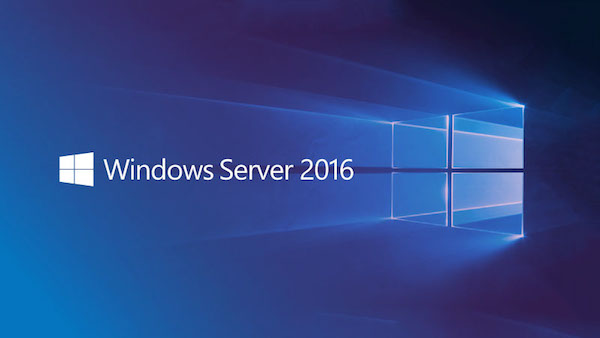Windows Server 2016 Offers Many Enhancements

Microsoft is celebrating the 20th anniversary of its Windows Servers platforms with the impending release of the new Windows Server 2016. The launch promises to usher in a new era of server computing, with a host of new features and enhancements designed to address today’s business and IT priorities.
When Microsoft introduced Windows NT 4.0 Server in 1996, it literally changed the space of network computing. At that time, servers were based upon one of the proprietary versions of Unix that required expensive proprietary hardware. Administering these systems required a significant amount of time and expertise.
Windows NT 4.0 enabled organizations to gain enterprise-class file, print and application server capabilities using less-expensive, “commodity” hardware with Intel chipsets. In addition, the operating system provided a graphical user interface akin to the Windows PC desktop, making it easier to set up and maintain.
Windows Server 2016, which will be released to manufacturing during the Microsoft Ignite event in Atlanta Sept. 26-30, builds upon this tradition with a host of new features designed to address evolving IT priorities. The new OS will feature “software-defined computing” capabilities across storage, networking and compute that help reduce costs and increase agility. New security features address evolving threats, and enhanced toolsets reduce administrative overhead by enabling a high level of automation.
Windows Server 2016 also includes numerous improvements to Hyper-V, Microsoft’s virtualization solution, including enhanced management and networking features. The Rolling Cluster Upgrades feature allows users to upgrade clusters of Hyper-V virtual machines (VMs) running on Windows Server 2012 R2 to Windows Server 2016 without any disruption.
One highly anticipated new feature is Nano Server, a lightweight installation option designed to support cloud computing technologies. It is essentially a scaled-down version of Windows Server, stripped of a graphical user interface and some of the applications and features of the Windows Server platform. It requires 93 percent less disk space than a full-on Windows Server deployment, and provides faster restarts, tighter security and greater resource utilization. Microsoft also expects 92 percent fewer critical security bulletins and 80 percent fewer required reboots compared to a traditional server deployment.
The obvious downside is that there are limited capabilities — it’s not possible to run traditional Windows applications on Nano Server. However, the upside is that it allows a huge increase in the number of VMs running on the same hardware by eliminating much of the overhead of a traditional server implementation.
A recent study by Austin-based Spiceworks finds that Windows Server 2003 is still being used by 60 percent of North American companies — even though Microsoft ended support for that version last July. If you are among those tempting fate with an end-of-life OS, the experts at Atlantic-IT.net can help you develop and implement a migration plan.
Even if a major upgrade isn’t on your immediate timeline, the improvements in Windows Server 2016 are so compelling that it is worth investigating. An upgrade will give you the opportunity to work with a system that was designed from the ground up to take advantage of leading-edge technologies.





